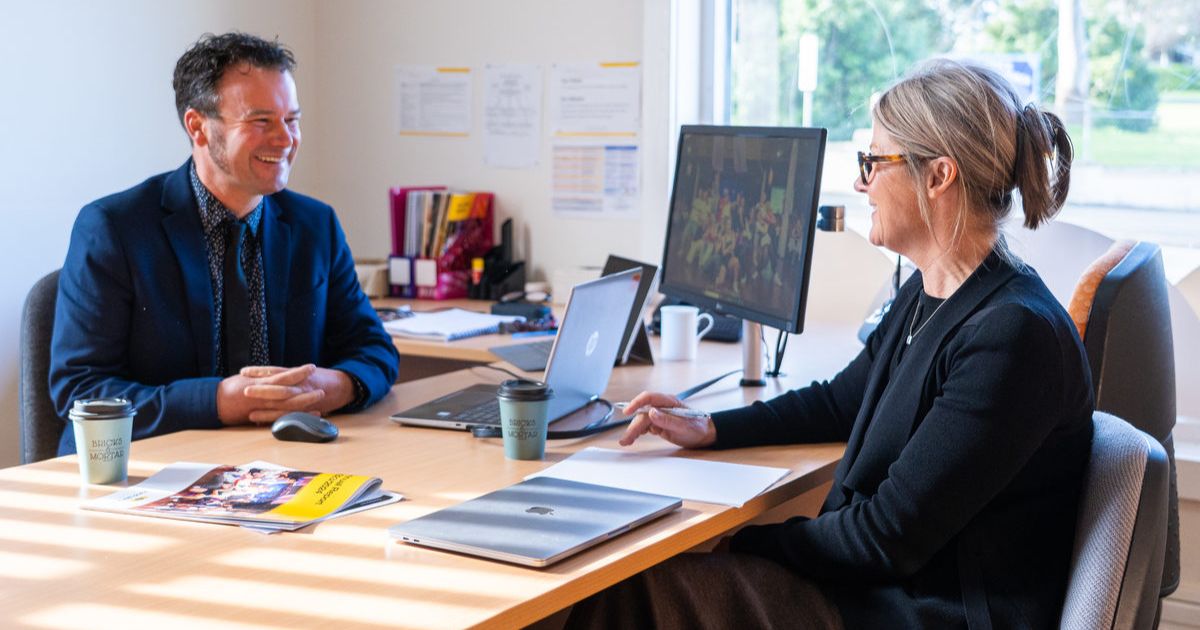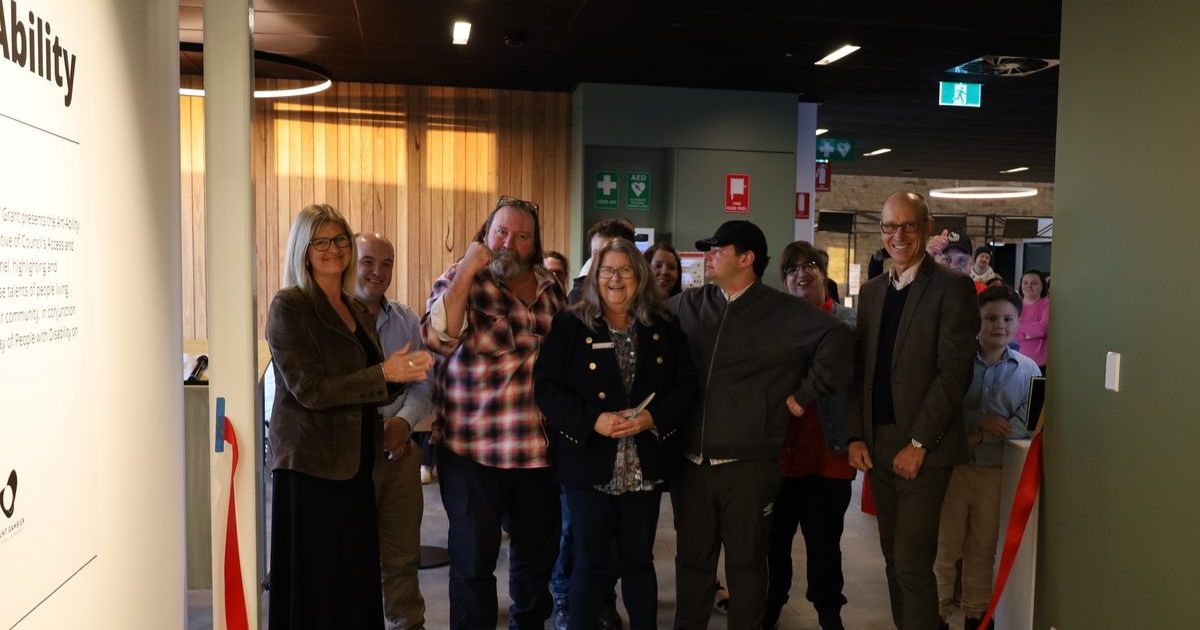October is a good time to check
Make sure you know your risk factors & keep checking for changes
October, Australia’s Breast Cancer Awareness Month, provides an opportunity for us all to focus on breast cancer and its impact on those affected by the disease in our community. Breast cancer remains the most common cancer among Australian women (excluding non-melanoma skin cancer). Survival rates continue to improve in Australia with 89 out of every 100 women diagnosed with invasive breast cancer now surviving five or more years beyond diagnosis. Take the time this month to find out what you need to know about breast awareness and share this important information with your family, friends and colleagues. Finding breast cancer early provides the best chance of surviving the disease. Remember you don’t need to be an expert or use a special technique to check your breasts.
Changes to look for include:
- a new lump or lumpiness, especially if it’s only in one breast
- a change in the size or shape of your breast
- a change to the nipple, such as crusting, ulcer, redness or inversion
- a nipple discharge that occurs without squeezing
- a change in the skin of your breast such as redness or dimpling
- an unusual pain that doesn’t go away.
Most changes aren’t due to breast cancer but it’s important to see your doctor without delay if you notice any of these changes.
Risk factors
A family history of breast cancer means having one or more blood relatives who have, or have had, breast cancer. These relatives could be on either the father’s or mother’s side of the family.
As breast cancer is common, many women will have a family history by chance. However, some women with a family history may have inherited a faulty gene which increases the risk of cancer. We all inherit a set of genes from each of our parents. Sometimes there is a fault, or mutation, in one copy of a gene which stops that gene working properly and this can lead to an increased risk of breast cancer.
Around 5% of breast cancers can be explained by an inherited gene fault. Genetic changes can also occur during our lifetime. On this page you will find information about family history of breast cancer and other cancers and genetic mutations which are associated with risk of breast cancer.
There are several genes in which mutations may be involved in the development of breast cancer, including rare to very rare high-risk gene mutations such as those in BRCA1 and BRCA2, TP53, PTEN, CDH1 and STK11 and some rare moderate-risk gene mutations such as PALB2, ATM and CHEK2.
It may be appropriate for some women who have a strong family history to be referred to a family cancer clinic. Family cancer clinics can provide a more precise risk assessment, advice about genetic testing and an individualised management plan.
Screening
If you are aged 50-74, get your free breast screen done every two years. BreastScreen Australia offers free breast screening for women without symptoms aged 50-74, when screening has the greatest potential to prevent deaths from breast cancer.
Women aged 40-49 and 75 years and older who have no breast cancer symptoms or signs are also eligible for free screening mammograms.
For more details contact BreastScreen on 13 20 50 or visit www.cancerscreening.gov.au



















